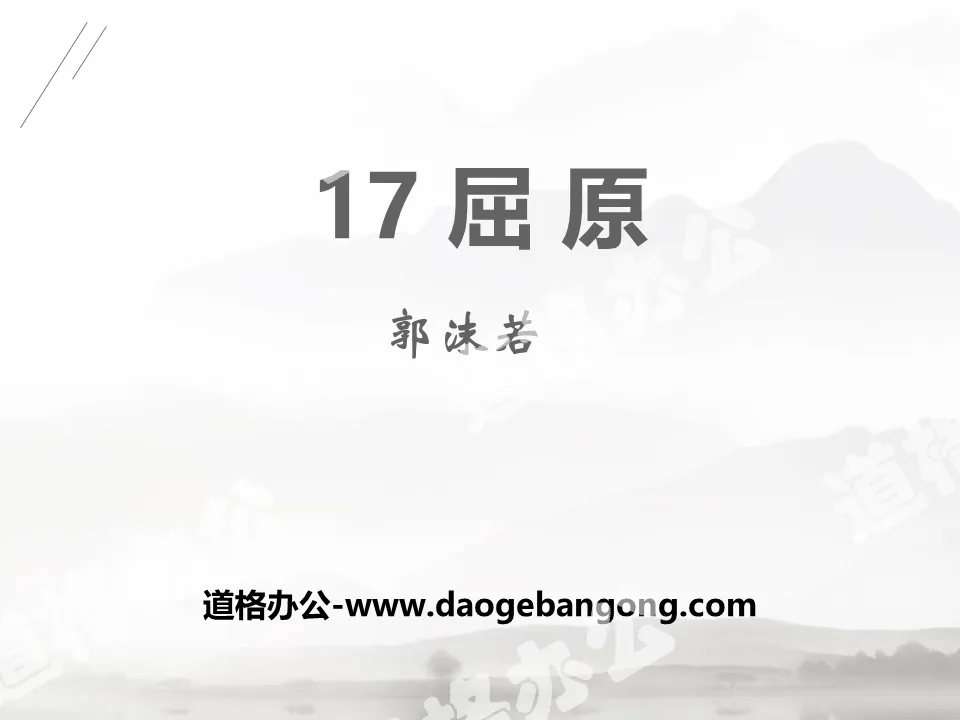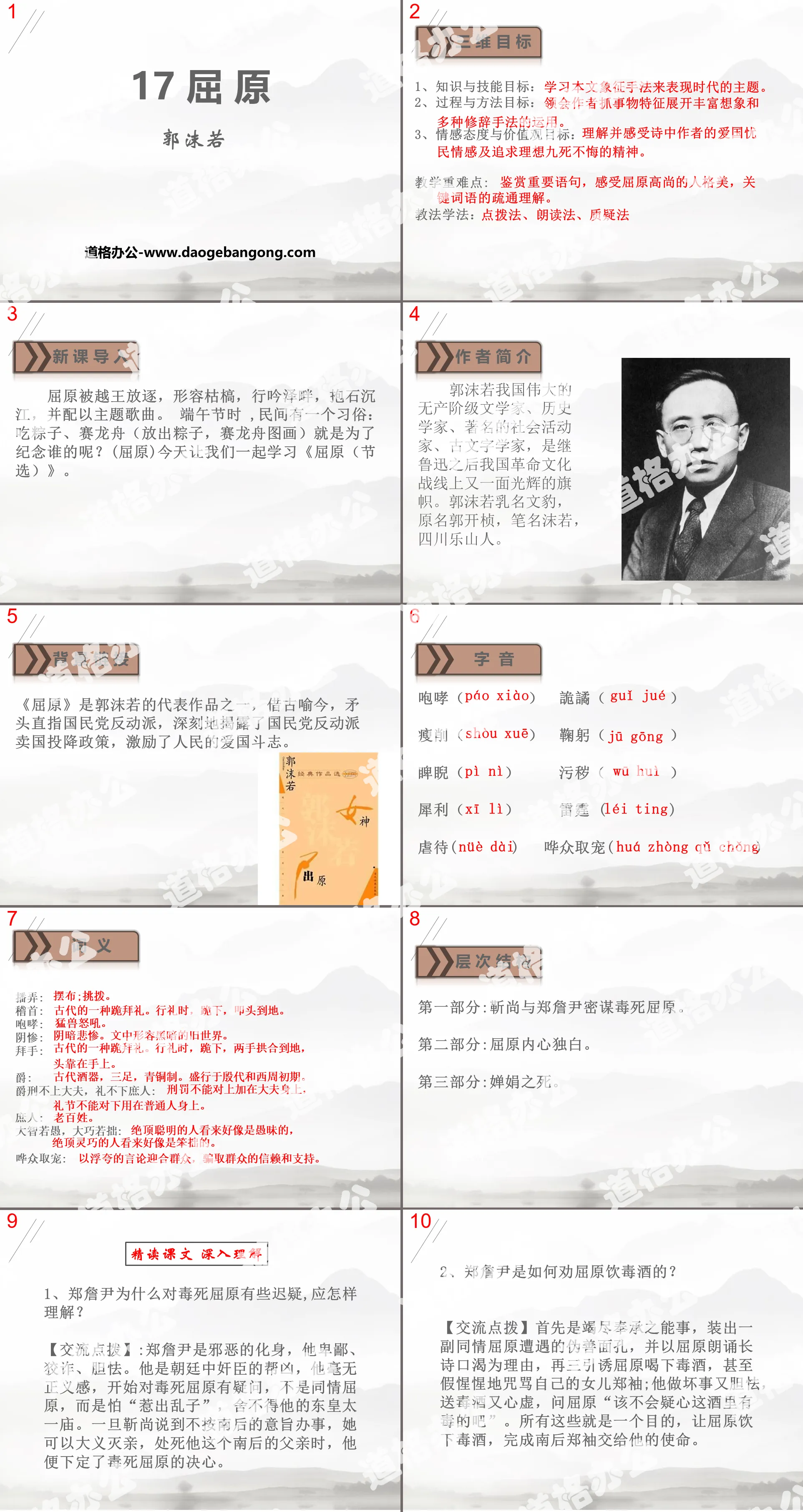The second volume of first-grade Chinese compiled by the People's Education Publishing House
The second volume of fifth-grade Chinese compiled by the People's Education Publishing House
The first volume of Chinese language for eighth grade compiled by the People's Education Publishing House
The first volume of first-grade Chinese compiled by the People's Education Publishing House
The first volume of ninth-grade Chinese compiled by the People's Education Publishing House
The first volume of fourth-grade Chinese compiled by the People's Education Publishing House
The first volume of Chinese language for sixth grade compiled by the People's Education Publishing House
The second volume of Chinese language for eighth grade compiled by the People's Education Publishing House
The first volume of Chinese language for fifth grade compiled by the People's Education Publishing House
The first volume of second-grade Chinese compiled by the People's Education Publishing House
Hunan Education Edition Third Grade Chinese Language Volume 1
The second volume of fourth-grade Chinese compiled by the People's Education Publishing House
The first volume of third-grade Chinese compiled by the People's Education Publishing House
The second volume of second-grade Chinese compiled by the People's Education Publishing House
The second volume of Chinese language for sixth grade compiled by the People's Education Publishing House
The second volume of seventh-grade Chinese compiled by the People's Education Publishing House

| Category | Format | Size |
|---|---|---|
| People's Education Press Ninth Grade Chinese Volume 2 | pptx | 6 MB |
Description
"Qu Yuan" PPT
Part One Content: Three-Dimensional Targets
1. Knowledge and skill objectives: Learn the symbolic techniques of this article to express the themes of the times.
2. Process and method goal: Understand the author's rich imagination and use of various rhetorical techniques by grasping the characteristics of things.
3. Emotional attitudes and values Goal: Understand and feel the author’s patriotism and concern for the people in the poem and his spirit of never regretting his pursuit of ideals.
Key and difficult points in teaching: appreciating important sentences, feeling the noble beauty of Qu Yuan’s personality, and clearing up the understanding of key words.
Teaching and learning methods: pointing method, reading method, questioning method
Qu Yuan PPT, part 2 content: new lesson introduction
Qu Yuan was exiled by the King of Yue and was described as haggard. He sang by the riverside and bouldered in the river, accompanied by theme songs. During the Dragon Boat Festival, there is a folk custom: eating rice dumplings and racing dragon boats (releasing rice dumplings and racing dragon boats) to commemorate whom? (Qu Yuan) Today let us study "Qu Yuan (Excerpt)" together.
About the Author
Guo Moruo, my country's great proletarian writer, historian, famous social activist, and paleontologist, is another glorious banner on my country's revolutionary cultural front after Lu Xun. Guo Moruo's real name is Wen Bao, his original name is Guo Kaizhen, his pen name is Moruo, and he is from Leshan, Sichuan.
Background link
"Qu Yuan" is one of Guo Moruo's representative works. It borrows ancient metaphors from the present and points the finger at the Kuomintang reactionaries. It profoundly exposes the Kuomintang reactionaries' traitorous surrender policy and inspires the people's patriotic fighting spirit.
Qu Yuan PPT, the third part: basic knowledge
word sound
Roar ( ) �� ( )
Thin ( ) Bow ( )
Disdain ( ) Filth ( )
Sharp ( ) Thunder ( )
Abuse ( ) Grandstanding ( )
word meaning
Play around: manipulate; provoke.
Jishou: a kind of kneeling ceremony in ancient times. When saluting, kneel down and kowtow to the ground.
Roar: The beast roars.
gloomy: gloomy and miserable. The article describes the dark old world.
Hand worship: an ancient kneeling ritual. When saluting, kneel down, cup your hands to the ground, and rest your head on your hands.
Jue: ancient wine vessel, three-legged, made of bronze. Popular in the Yin Dynasty and the early Western Zhou Dynasty.
The punishments cannot be given to officials, and the courtesy cannot be applied to ordinary people.
Common people: common people.
Great wisdom seems like foolishness, great skill seems like clumsiness: a very smart person seems to be a fool, and a very clever person seems to be a clumsy person.
Grandstanding: pandering to the masses with exaggerated remarks and defrauding their trust and support.
Qu Yuan PPT, Part 4: Hierarchical structure
Part One: Jin Shang and Zheng Zhanyin conspired to poison Qu Yuan.
Part Two: Qu Yuan’s inner monologue.
Part Three: The Death of Chanjuan.
Read the text intensively and gain in-depth understanding
1. Why did Zheng Zhanyin hesitate to poison Qu Yuan? How should we understand it?
[Communication Tips]: Zheng Zhanyin is the embodiment of evil. He is despicable, cunning and cowardly. He was an accomplice of the treacherous ministers in the court. He had no sense of justice and began to have doubts about poisoning Qu Yuan. It was not that he sympathized with Qu Yuan, but that he was afraid of "causing trouble" and was reluctant to part with his Donghuang Taiyi Temple. Once Jin Shang said that if he did not follow Nan Hou's wishes, she could kill him and execute him, Nan Hou's father, he made up his mind to poison Qu Yuan.
2. How did Zheng Zhanyin persuade Qu Yuan to drink poisonous wine?
[Communication Tips] First of all, he tried his best to flatter him, pretending to be a hypocritical face that sympathized with Qu Yuan's experience, and used the excuse that Qu Yuan was thirsty while reciting a long poem to lure Qu Yuan to drink poisonous wine, and even pretended to curse his daughter Zheng. He was timid when he did bad things, and felt guilty when he sent poisoned wine. He asked Qu Yuan, "Do you suspect that the wine is poisonous?" All of these are for one purpose, to make Qu Yuan drink poisonous wine and complete the mission entrusted to him by Zheng Xiu, Queen of the South.
3. What rhetorical techniques does the author use in "Ode to Thunder"?
[Communication Tips] The part of "Ode to Thunder and Lightning" uses the rhetorical technique of personification and appeal throughout the text. For example, "Wind, roar, roar," is both personification, repetition, and calling. The emotion is stronger, and it effectively expresses the eager expectation for the wind and the hatred of the dark forces; "You wind, you thunder" , you electricity, you are all poetry, all music, and all dance." "Electricity, you are the sharpest sword in the universe~" Using metaphorical personification techniques, it shows Qu Yuan's understanding of wind, thunder, and electricity, which are symbols of human beings. Eager expectations for the transformative power of justice and light in the world. Secondly, the rhetorical techniques of parallelism and exaggeration are used to let Qu Yuan use the wings of storm, thunder and lightning to unfold wonderful fantasies and fly to a bright place, making Qu Yuan more energetic and dazzling. This is also the concrete embodiment of the author's romantic passion.
4. How did Qu Yuan fight against the forces of darkness?
[Exchange Tips] Qu Yuan was concerned about the future of his motherland, and fervently called and prayed for the roaring wind, shining electricity, and exploding thunder—the "great artists" in the universe—to transform this dark and gloomy world with the great power to change reality. The world "explodes" and "splits apart", using his blazing life and "the rage that explodes all over his body" to "burn everything tangible, all filth," and "burn the darkness that contains all sins."
Qu Yuan PPT, Part 5: Class Summary
At the beginning of the text, the tit-for-tat contest between the two contradictory sides is shown. The traitorous group of Chu State went further and further on the road of compromise and surrender. Qu Yuan suffered more and more persecution. He was worried about the motherland and the people, and his anger reached its peak, so he broke out in Donghuang Taiyi Temple and stirred up the world. "Ode to Thunder and Lightning", this emotional and majestic lyrical monologue, is a poem forged with the flesh and blood of his life. "Ode to Thunder and Lightning" vents Qu Yuan's surging passion to destroy the old world, and also expresses Qu Yuan's thoughts and character throughout his life.
expand extend
The custom of the Dragon Boat Festival is to eat rice dumplings and race dragon boats to commemorate whom?
Qu Yuan PPT, Part 6: Assigning homework
Read "Ode to Thunder" again or listen to the recording of the recitation with music to experience the angry feelings expressed by Qu Yuan.
Keywords: Free download of Chinese PPT courseware for the second volume of the ninth grade of the Ministry of Education Edition, Qu Yuan PPT download, .PPT format;
For more information about "Qu Yuan" PPT courseware, please click on the Qu Yuan ppt tab.
Dragon Boat Festival PPT template with Qu Yuan background:
This is a set of Dragon Boat Festival PPT templates with Qu Yuan's background, a total of 25 pictures; the slide template cover uses mountains, goldfish, and Qu Yuan's portraits as background images. In the middle, the artistic words "Dragon Boat Festival Fragrant Rice Dumpling" are placed. The interface design matches the Dragon Boat Festival theme. PowerPoint template content..
"Qu Yuan" PPT teaching courseware:
"Qu Yuan" PPT teaching courseware Part One: New course introduction Learning objectives 1. Understand the background of the creation of "Qu Yuan" and the author's situation. 2. Understand the ideological content of the work and have a preliminary understanding of the characteristics of dramatic literature. The script mainly relies on language and action to express the character's personality.
"Qu Yuan" PPT courseware download:
"Qu Yuan" PPT courseware download Part One: Scene introduction In the last class, we studied the overall structure of the text. Today we continue to study symbolic techniques and experience its expression effect. Learning objectives 1. Read the text aloud and grasp the characters’ emotions and...
File Info
Update Time: 2024-11-21
This template belongs to Chinese courseware People's Education Press Ninth Grade Chinese Volume 2 industry PPT template
"Qu Yuan" PPT Simple campus recruitment activity planning plan summary enterprise and institution recruitment publicity lecture PPT template is a general PPT template for business post competition provided by the manuscript PPT, simple campus recruitment activity planning plan summary enterprise and institution recruitment promotion Lecture PPT template, you can edit and modify the text and pictures in the source file by downloading the source file. If you want more exquisite business PPT templates, you can come to grid resource. Doug resource PPT, massive PPT template slide material download, we only make high-quality PPT templates!
Tips: If you open the template and feel that it is not suitable for all your needs, you can search for related content "Qu Yuan" PPT is enough.
How to use the Windows system template
Directly decompress the file and use it with office or wps
How to use the Mac system template
Directly decompress the file and use it Office or wps can be used
Related reading
For more detailed PPT-related tutorials and font tutorials, you can view: Click to see
How to create a high-quality technological sense PPT? 4 ways to share the bottom of the box
Notice
Do not download in WeChat, Zhihu, QQ, built-in browsers, please use mobile browsers to download! If you are a mobile phone user, please download it on your computer!
1. The manuscript PPT is only for study and reference, please delete it 24 hours after downloading.
2. If the resource involves your legitimate rights and interests, delete it immediately.
3. Contact information: service@daogebangong.com
"Qu Yuan" PPT, due to usage restrictions, it is only for personal study and reference use. For commercial use, please go to the relevant official website for authorization.
(Personal non-commercial use refers to the use of this font to complete the display of personal works, including but not limited to the design of personal papers, resumes, etc.)
Preview










